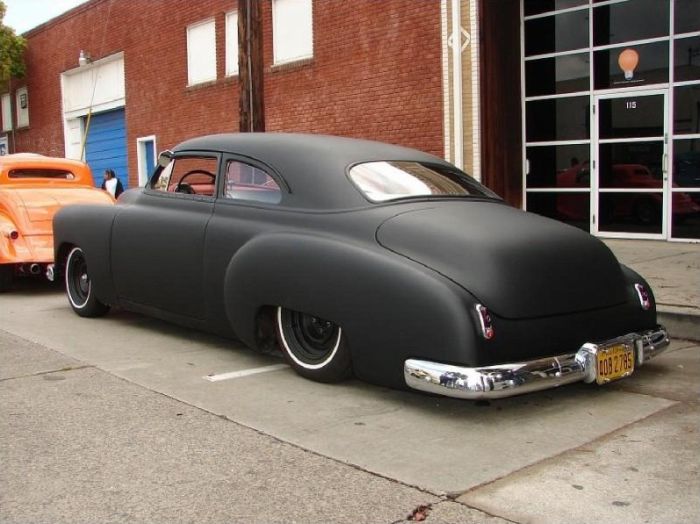|
|
American Automobile Industry
|
Imports grew during the 1950s, with the Volkswagen Beetle being the biggest seller. In response to this the domestic auto makers developed compact cars, such as the Ford Falcon, the Chevrolet Corvair, the Studebaker Lark and the Plymouth Valiant. (The compact AMC Rambler had been around since the early 1950s.) While initially successful in sales, they mostly took sales away from larger cars within their companies.
Pony cars were introduced with the Ford Mustang in 1964 This car combined sporty looks with a long hood, small rear deck and a small rear seat. The car proved highly successful and imitators soon arose, such as the Chevrolet Camaro, Pontiac Firebird, Dodge Challenger, Plymouth Barracuda (actually introduced two weeks prior to the Mustang), Mercury Cougar and AMC Javelin. Muscle cars were also introduced in 1964 with the Pontiac GTO. This car combined an intermediate-sized body with a large high-output engine. Competitors were also quickly introduced, including the Chevrolet Chevelle SS, Dodge R/T (Coronet and Charger), Plymouth Road Runner / GTX, Ford Torino and AMC AMX. Muscle cars reached their zenith in the late 1960s, but soon fell out of favor due to high insurance premiums along with the combination of emission controls and high gas prices in the early 1970s.
While the pony and muscle cars got most of the attention, the full sized cars formed the bulk of auto sales in the 1960s, helped by low oil prices. The styling excesses and technological gimmicks (such as the retractable hardtop and the pushbutton automatic transmission) of the 1950s were de-emphasized. The rear fins were downsized and largely gone by the mid-1960s, as was the excessive chrome.
|
|









